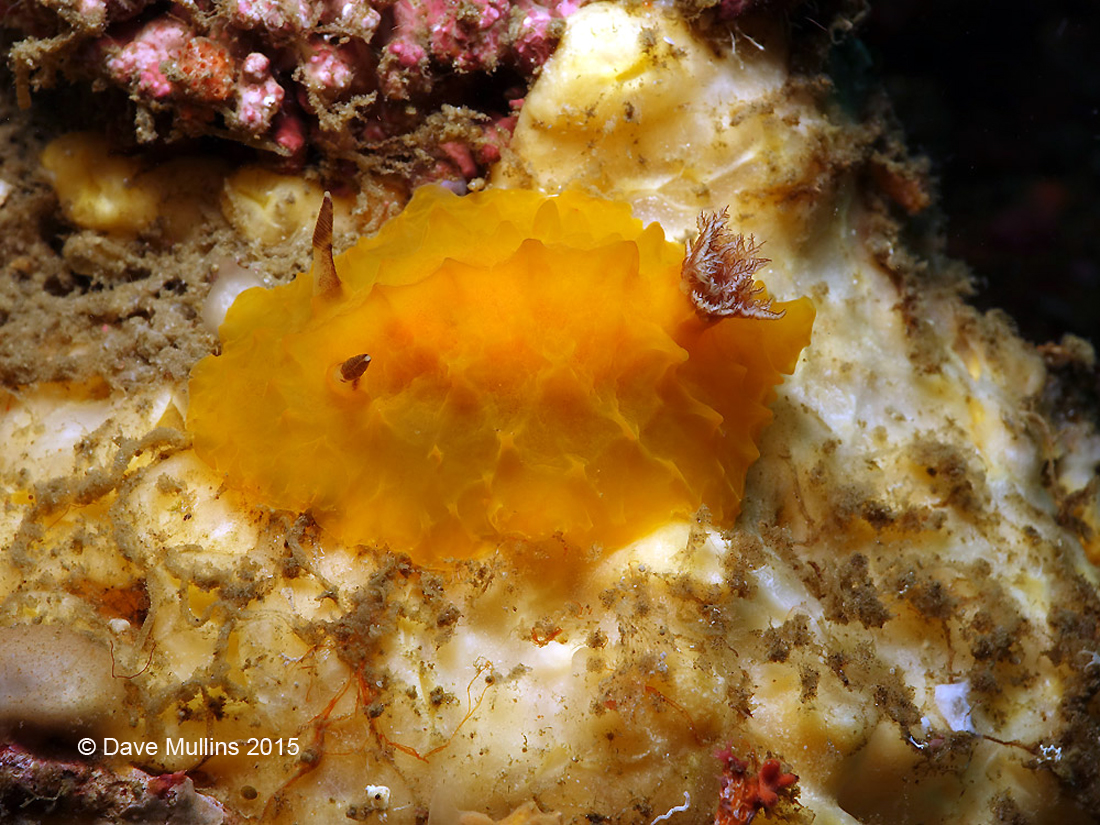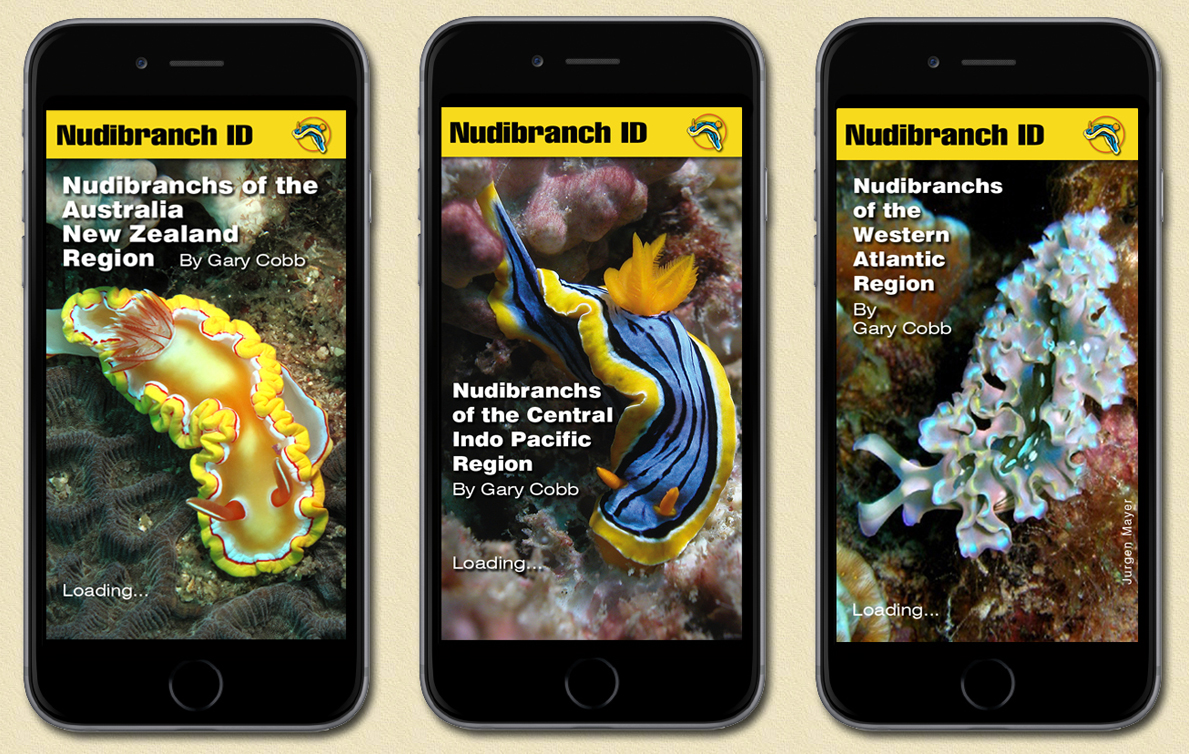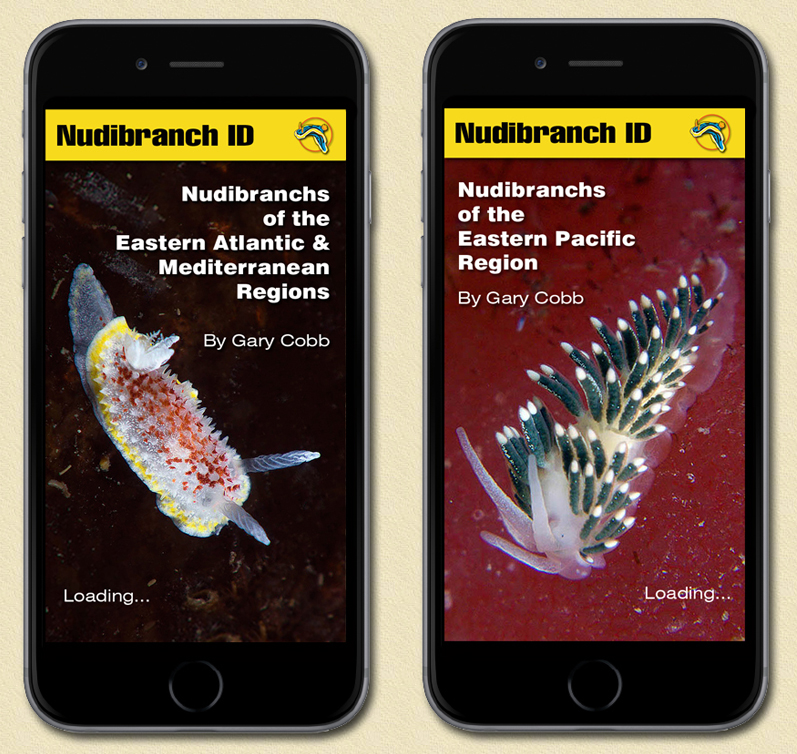 |
Halgerda paliensis
Image courtesy of Dave MullinsAnilao, Batangas, Philippines
Sony DSC-RX100 in Nauticam Housing with wet macro diopter, Inon Z220 strobe.
 | Halgerda paliensis (Bertsch & Johnson, 1982) This BOW comes to you via a serendipitous series of events. I was invited to join the Webmaster in Anilao, Philippines last month for what turned out to be a wonderful and productive dive trip. The day I arrived I met Scott & Jeanette Johnson from the Marshall Islands. Our paths only crossed because their departure had been delayed due to a typhoon causing the cancellation of their flights. Towards the end of my stay I photographed the nudibranch in the above photo. I knew it was different but I didn't think too much of it at the time having already seen so many new species (for me) but on arriving home and identifying my finds I was a little confused. This specimen fitted the external features of Halgerda paliensis but the literature states that this species is endemic to just the Hawaiian Islands. Who better for me to ask for an opinion on this than one of the original authors of the species ... Scott Johnson. Scott agreed that it appears more like this species than anything else he has seen outside of Hawaii. |
The body form is high with the dorsum carrying a reticulate pattern of ridges. The larger of these ridges are located medially and possess pointed tubercles at their junctions. The mantle surface including the ridges and tubercles are relatively smooth and evenly coloured. The body colour ranges from yellow to light orange with the ridges being slightly darker. Some specimens have a thin white edge to the mantle. This specimen seems to lack the short dark perpendicular lines at the mantle edge mentioned in descriptions. The rhinophores are upright elongate and tapered with a cream base, brown lamellate bulb and white tip. Gills are highly pinnate with a brown central rachis. Both rhinophore and gill pockets are plain.
I avoid deep diving always staying above 20 metres mainly for safety concerns as an older diver but also to have longer bottom times to find and record more subjects. I do not know what led me to approach 30 metres on that dive.
References:
Bertsch, H. & Johnson, S. (1982) Three new species of dorid nudibranchs (Gastropoda: Opisthobranchia) from the Hawaiian Islands. The Veliger, 24(3): 208-218.
Fahey, S.J. & Gosliner, T.M. (2001) The phylogeny of Halgerda (Opisthobranchia, Nudibranchia) with the description of a new species from Okinawa. Zoologica Scripta, 30(3), 199-213.
Dave Mullins
Queensland, Australia
Jun 2015
Send Dave email at marineimages@hotmail.com
WEBMASTER'S NOTES: Dave has been active in underwater photography since the early 70's and is presently the Webmaster/Publisher of Insights , a web site you definitely should put on your list of sites to visit!
Nudibranch reference material comes in many shapes and sizes but primarily books and websites. The problem with reference books is outdated material and their weight when travelling. Taxonomy is changing and adding or altering names at a rapid rate. The problem with the Internet is range and accessibility.
Now, thanks to the development by and ongoing efforts of Gary Cobb there is a series of smart device applications called Nudibranch ID. When the series is complete you'll be able to reference all the nudibranchs of the world.
No web connection required.
The Nudibranch ID App Series:
These field guides will place right at your fingertips, anytime and anywhere, an outstanding selection of Nudibranchs found throughout the World.
Featuring:
Indo-Pacific - version 19.0 - 700 species (available now)
Eastern Pacific - version 16.0 - 423 species (available now)
Australia and New Zealand - version 18.0 - 1139 species (available now)
Eastern Atlantic/Mediterranean Sea - version 5.0 - 680 species (available now)
Western Atlantic - version 4.0 - 498 species (available now)
Indian Ocean/Red Sea - (out soon)
Western Pacific - (out soon).
Available as iPhone or Android versions.
These are true Apps not just simple identification guides. Search functions and the ability to create lists for emailing are game breakers in this field. They are updated (for free) regularly.
Visit: www.inudibranch.com for a full description.
 |
 |
